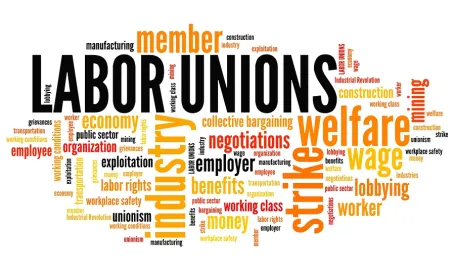A recent decision from the National Labor Relations Board (NLRB) reversed prior Board authority that had required employers to permit nonemployee organizing in public areas of their property. The NLRB held that the 38-year old rule misinterpreted existing U.S. Supreme Court precedent and was inconsistent with subsequent Supreme Court cases.
A 2-1 Board majority in UPMC Presbyterian Hospital returned to the roots of the 1961 seminal Supreme Court decision in NLRB v. Babcock & Wilcox Co., which held that nonemployee organizers had the right to engage in organizing activities on the property of the employer in only rare circumstances. The court had found that a prohibition on such activity was permitted so long as other reasonable channels of communication were available to the organizers and so long as the rule excluding them was not applied in a discriminatory manner.
In UPMC, the Board explained that Babcock & Wilcox had become perverted by inaccurate board interpretations. Beginning in the 1980s, Board cases began to carve out a “public space” exception not provided for by the Supreme Court. For example, in Ameron Automotive Centers, the Board said that when organizers seek access to a public area of the employer’s property, “Babcock & Wilcox criteria need not be met, since nonemployees cannot in any event lawfully be barred from patronizing the restaurant as a general member of the public.”
The NLRB has put this rationale to rest. The Board sided with several circuit courts that had held the principles of Babcock & Wilcox “apply to nonemployee union access regardless of whether the area on the employer’s private property in which the union wishes to conduct business is closed or open to the public.” These nonemployees have no blanket right to engage in organizing activities on employer property.
The ruling shows a willingness by this Board to revisit NLRB precedent incorrectly decided.





 />i
/>i

